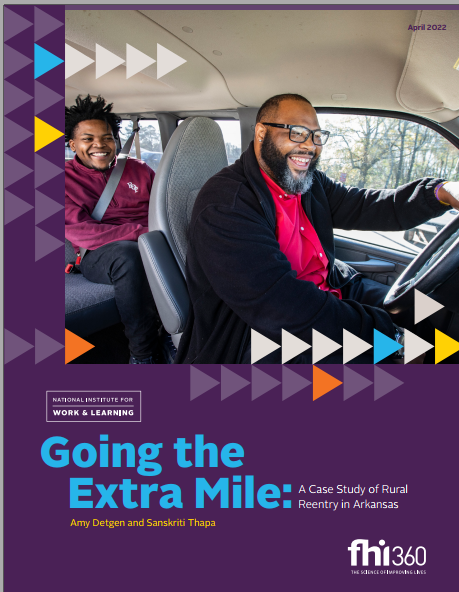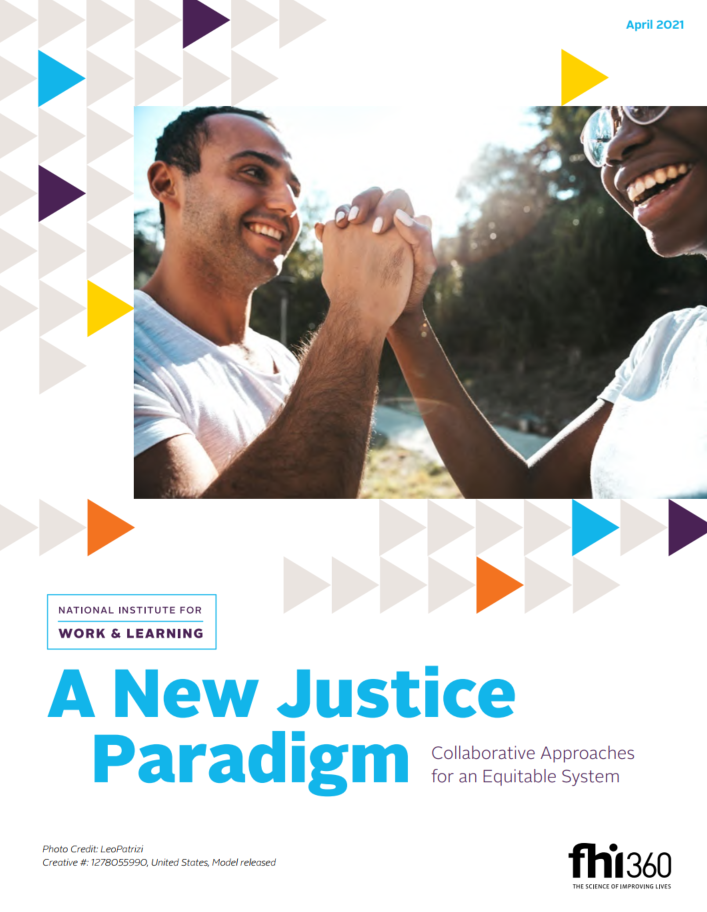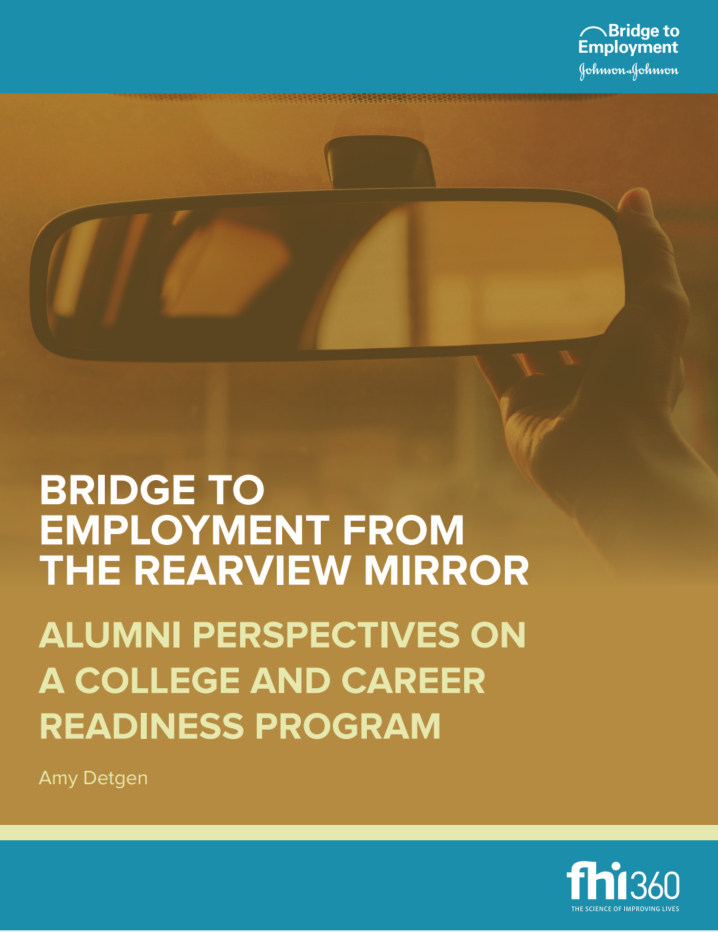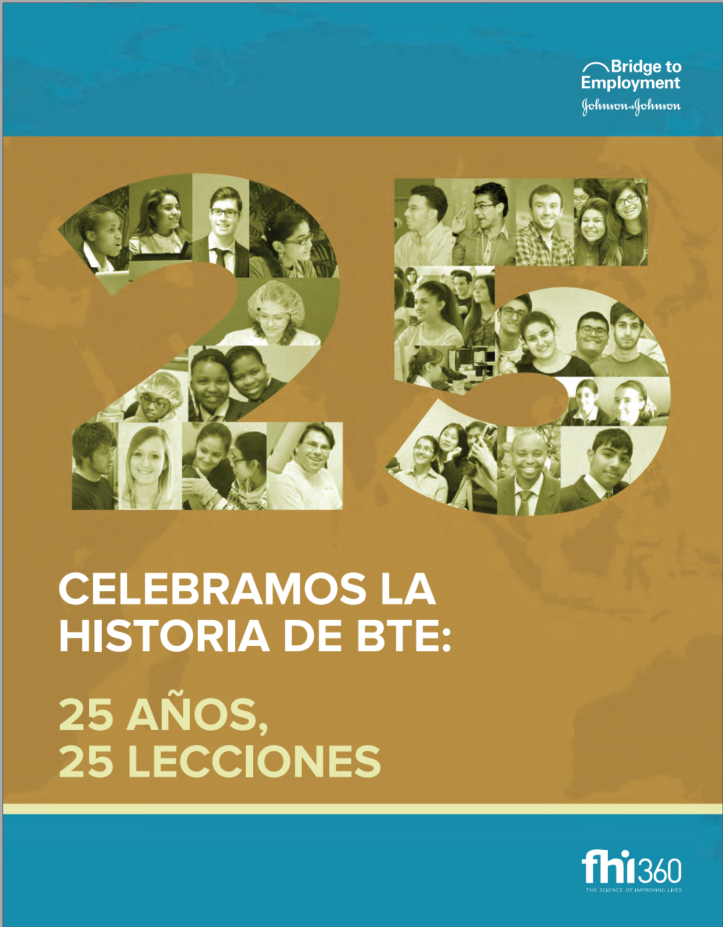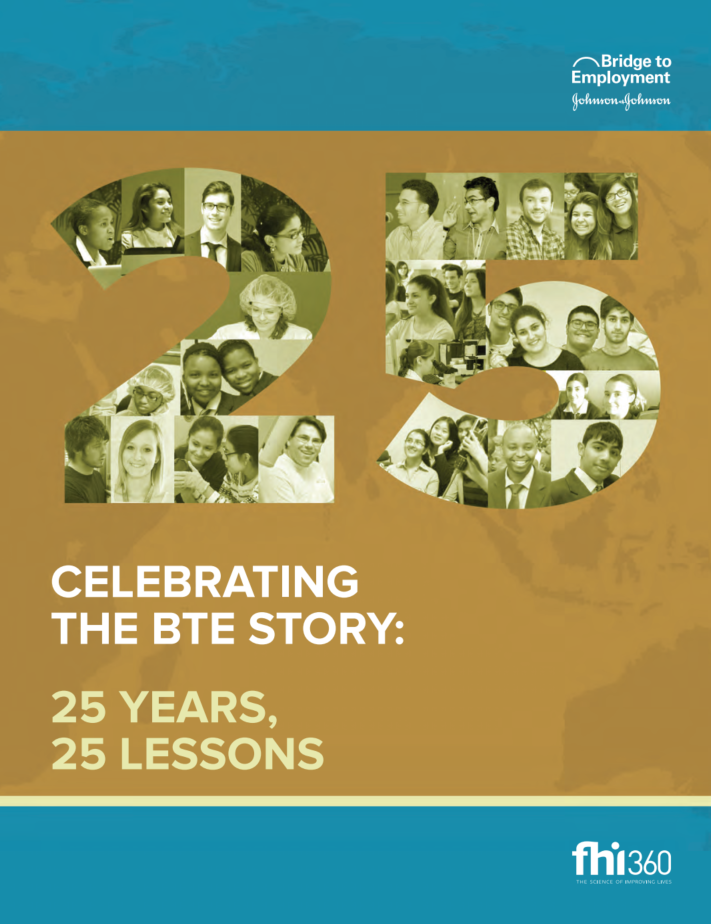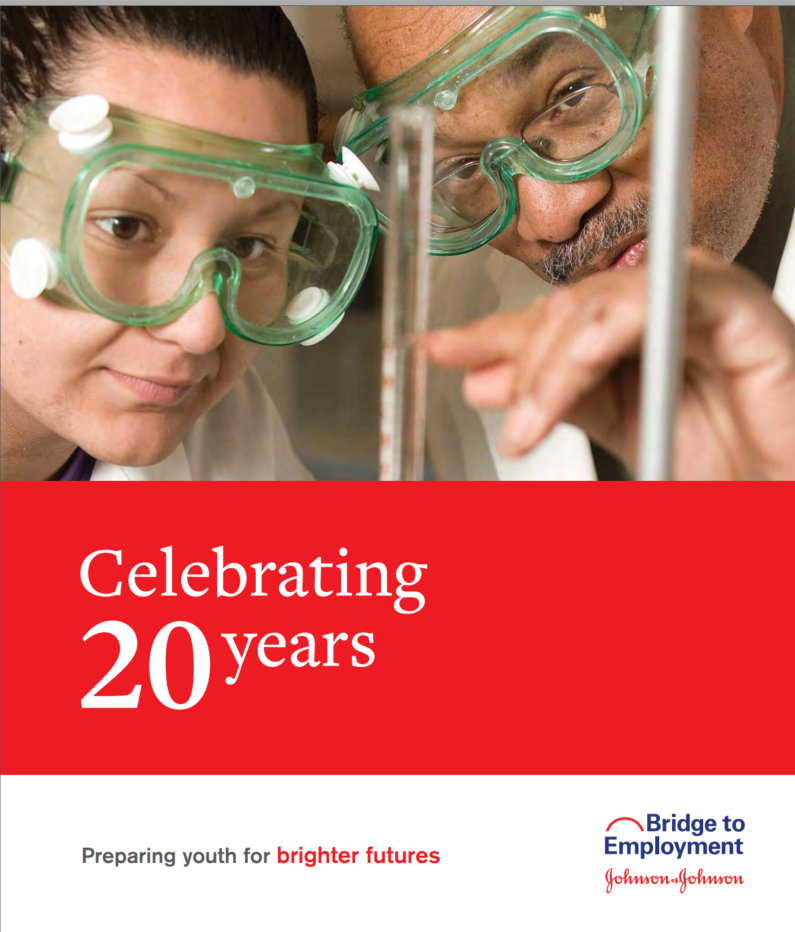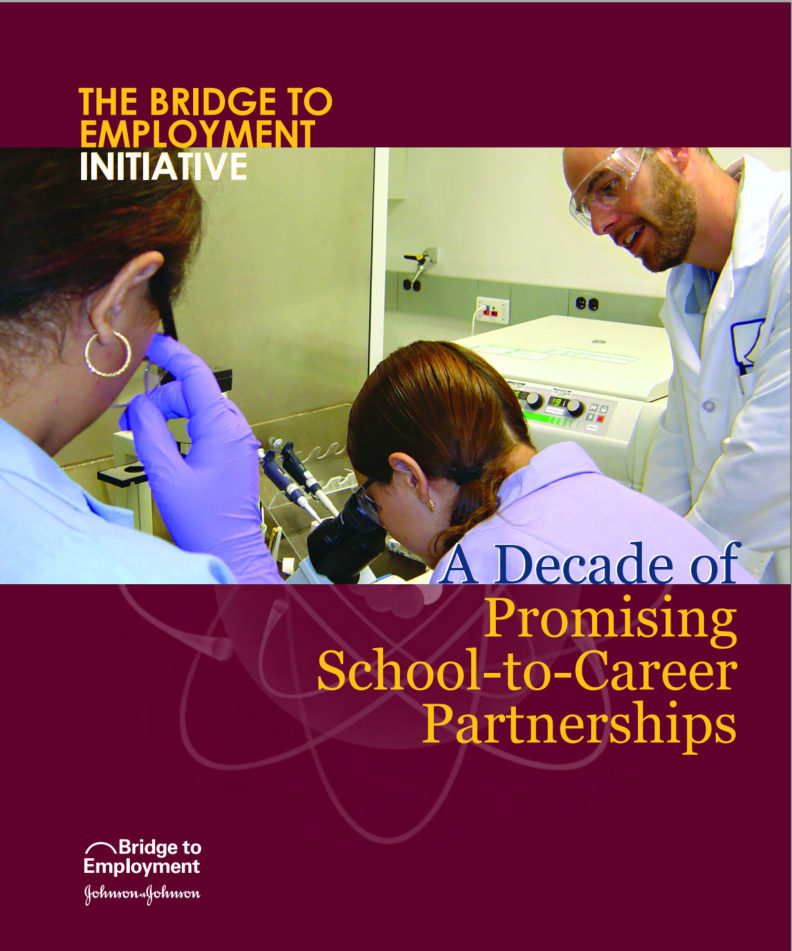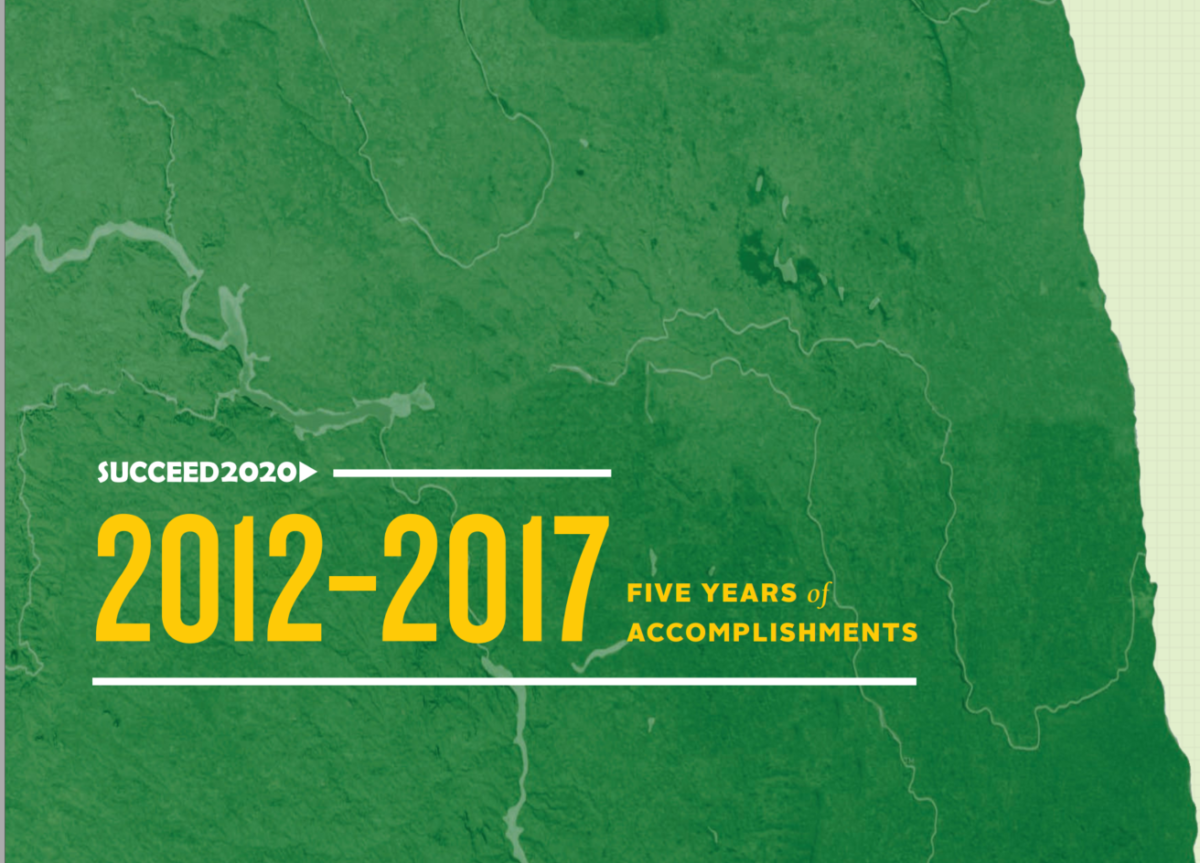Going the extra mile: A case study of rural reentry in Arkansas provides an exploration of a rural community in southeast Arkansas that takes a unique, individualized approach to reentering young adults ages 18-24. The received wisdom on rural reentry is that it is generally more difficult than reentry in an urban setting. Phoenix Youth and Family Services, which serves a rural part of Arkansas, has excelled on key outcomes as part of FHI 360’s Compass Rose Collaborative (CRC)1, a project funded by the U.S. Department of Labor to improve the education and employment outcomes of young adults,
ages 18 through 24, after involvement in the U.S. criminal justice system.
Phoenix Youth and Family Services provides wraparound support services to its participants to help juveniles, young adults, and families secure a safe, healthy, and strong life
Type: Publication
A New Justice Paradigm: Collaborative Approaches for an Equitable System, explores the justice system from the perspective of criminal justice practitioners and young adults aged 18 to 24 who have been impacted by the justice system. We take this approach both to understand better— at the ground level—the system that exists and to help imagine a more supportive, more efficacious, and more equitable alternative. Some of the striking elements of the current justice system include the overwhelmingly disproportionate representation of young Black males in the system and the tragedy of how trauma has affected their young lives. Institutional inflexibility, from first contact with law enforcement through incarceration, limits young people’s chances to break the cycle of poverty and to pursue work and learning opportunities that could enrich their lives and their communities.
The Compass Rose Collaborative (CRC) brings together FHI 360 and a cohort of partners that will serve justice-impacted youth in a holistic way. Through NIWL-designed training materials, a learn-and-earn working environment, and valuable mentorship activities, the CRC ensures that participants are equipped to thrive in their careers while minimizing further justice system involvement. Read this fact sheet to learn more.
Over 4,000 students and countless volunteers have passed through BTE over our 25 years. We have collected their stories and distilled lessons from them for the future of the program.
The Spanish-language version of “Celebrating the BTE Story: 25 Years, 25 Lessons.” In honor of BTE’s 25th Anniversary, we conducted a study to isolate 25 lessons from BTE program implementation. This report illustrates our findings.
In honor of BTE’s 25th Anniversary, we conducted a study to isolate 25 lessons from BTE program implementation. This report illustrates our findings.
Motivated by low academic achievement and the unacceptable number of young people leaving school before graduation, Johnson & Johnson established its Bridge to Employment (BTE) initiative in 1992. Written to coincide with BTE’s 20th anniversary, this report takes a look at BTE’s timeline, model, and some individual success stories.
Johnson & Johnson’s highly successful Bridge to Employment (BTE) initiative stems from the use of a common core of scientifically sound school-to-career principles: maintaining high standards of academic learning for all students; providing opportunities for contextual learning; creating links with institutions of higher education; and connecting students with adults in the workplace. This publication explores these and other promising practices.
The Future Workforce Now initiative developed an agenda for U.S. state policy leaders to prepare the workforce, addressing technological disruptions affecting current and future workers and workplaces.
This document summarizes the accomplishments of Succeed 2020.

